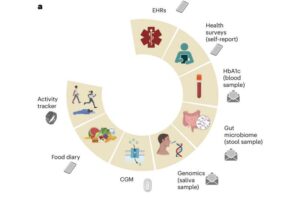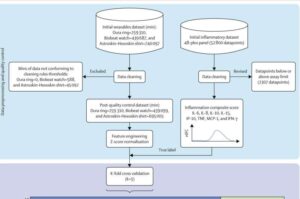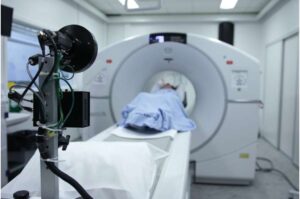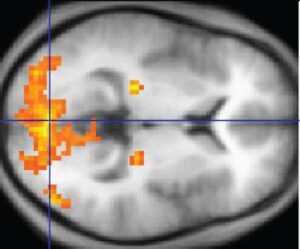
Deep learning model predicts microsatellite instability in tumors and flags uncertain cases
One in every three people is expected to have cancer in their lifetime, making it a major health concern for mankind. A crucial indicator of the outcome of cancer is its tumor microsatellite status—whether it is stable or unstable. It refers to how stable the DNA is in tumors with respect to the number of mutations within microsatellites.









